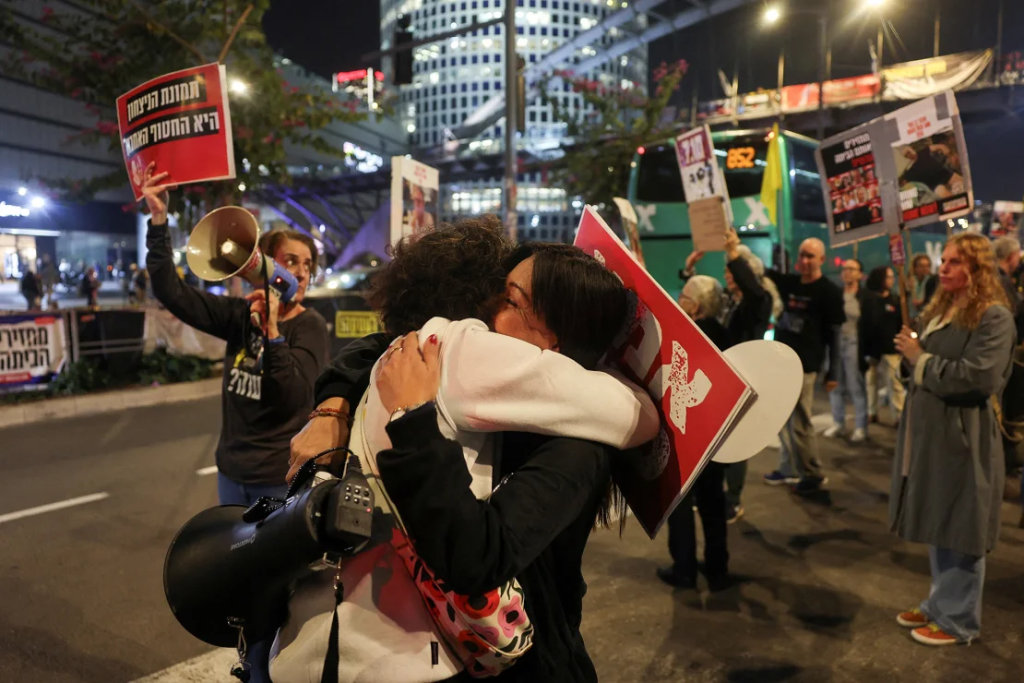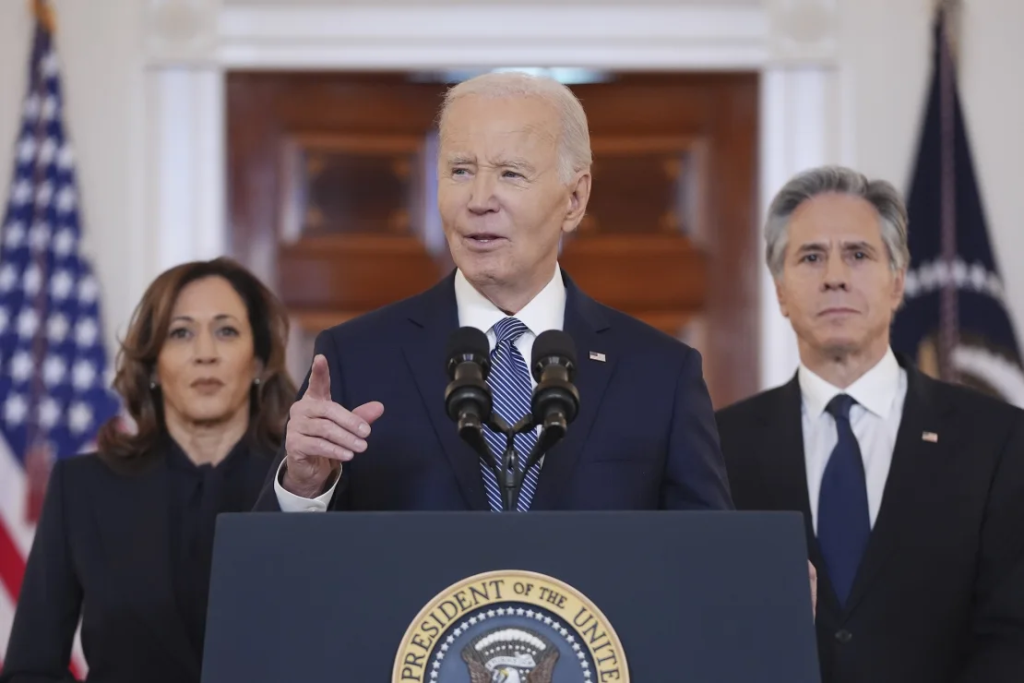Has There Been a Ceasefire in Gaza?
Yes, a ceasefire has been agreed upon between Israel and Hamas, marking a significant pause in a conflict that has devastated Gaza for over a year. This is only the second ceasefire since the hostilities began in October 2023, providing a brief reprieve for civilians and a chance to address critical humanitarian needs.

How Long Is the Ceasefire?
The initial duration of the ceasefire is set at 42 days. However, its extension depends on the outcomes of ongoing negotiations and the adherence of both parties to the agreed terms. While this is a major development, the war is not officially over, and the truce could be temporary without further progress.
Key Details of the Gaza Ceasefire Agreement
The ceasefire involves a three-phase plan that aims to address immediate concerns while creating the foundation for long-term peace:
Phase One:
- A 42-day truce begins.
- Hamas will release 33 hostages, including women, children, the elderly, and the sick.
- Israel will free hundreds of Palestinian prisoners, some convicted of serious offenses.
- Humanitarian aid will flow into Gaza, with over 500 trucks expected to deliver food, medical supplies, and other necessities daily.
Phase Two:
- Negotiations for extending the truce and releasing additional hostages will commence on the 16th day of the ceasefire.
- Discussions will focus on initiating the rebuilding of Gaza and possibly transitioning the temporary ceasefire into a permanent agreement.
Phase Three:
- Complete withdrawal of Israeli forces from Gaza.
- Return of the remains of deceased hostages to their families.
- Launch of a large-scale reconstruction plan to restore Gaza’s infrastructure.
Is the Gaza War Over?
The current ceasefire does not signify the end of the war in Gaza. While it offers a crucial window for peace talks and humanitarian relief, much remains uncertain. U.S. President Joe Biden has expressed hope that the agreement could pave the way for a permanent resolution, but the situation remains fragile.
Humanitarian Relief Under the Ceasefire
The ceasefire has been welcomed by international aid organizations, which view it as an opportunity to address the severe humanitarian crisis in Gaza. The United Nations Relief and Works Agency (UNRWA) has called for uninterrupted access to provide much-needed assistance.
Key elements of the humanitarian response include:
- Repairs to essential infrastructure, such as hospitals and bakeries.
- Medical evacuations for the injured.
- Increased aid shipments to alleviate the dire conditions faced by Gaza’s residents.
Challenges and Risks
Despite its promise, the ceasefire faces several challenges:
- Approval Process: Israel’s cabinet still needs to formally approve the agreement, and some members have expressed opposition.
- Trust Issues: Long-standing mistrust between the parties could derail progress.
- Fragile Conditions: Continued airstrikes and clashes in the lead-up to the ceasefire underscore the delicate nature of the truce.

The agreement relies heavily on mediators like the U.S., Egypt, and Qatar, who have pledged to monitor its implementation and ensure compliance.
A Path to Peace or a Temporary Halt?
For many, the ceasefire offers a glimmer of hope in an otherwise bleak situation. It provides a chance to alleviate the suffering of civilians, rebuild trust, and move toward a lasting resolution. However, its success depends on the willingness of both parties to engage in good faith and adhere to the agreement’s terms.
Is the Gaza war over? Not yet. The ceasefire is a crucial step, but whether it leads to sustained peace or remains a temporary halt in a prolonged conflict will depend on the coming weeks. With international oversight and active diplomacy, this fragile truce could become the foundation for a brighter future.


